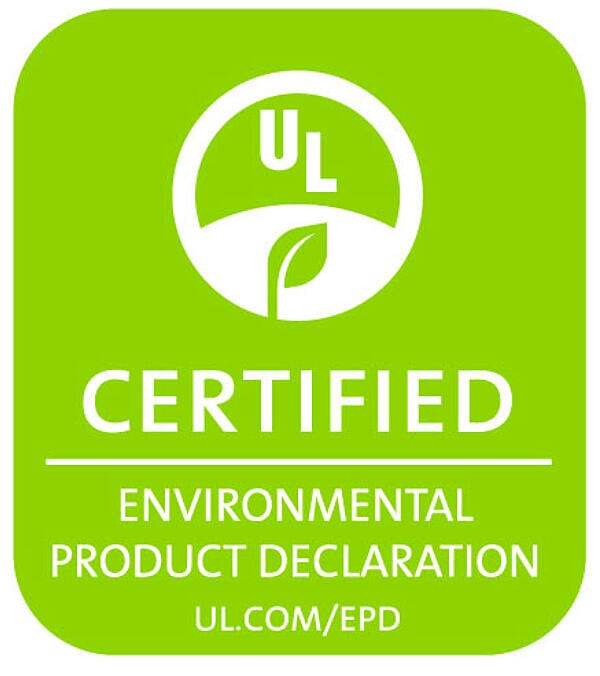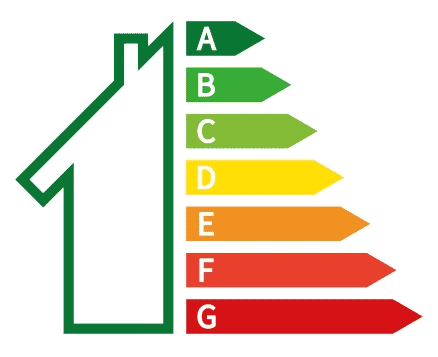
EPDs: the need for interrogation

Nial Parkash
Design & Construction (RIBA 4-5)
EPDs: the need for interrogation
In a world where assessing the environmental impact of buildings is increasingly essential, understanding the effects of the materials and products we use is more important than ever. That’s where an EPD, or Environmental Product Declaration, comes into play. Think of an EPD as a passport for either a specific material or product, or a generic group of materials or products, providing a detailed snapshot of its environmental footprint.
EPDs showcase a product’s impact across a range of critical environmental indicators. For example, they measure global warming potential (GWP), which represents the carbon emissions associated with the manufacturing, use, and disposal product in terms of kilograms of CO₂ per unit of material. They also track the acidification potential of land and water, expressed in kilograms of SO₂ per unit, offering insights into how the product affects the natural environment, in addition to other factors.
So, let’s say we’re performing a Life Cycle Assessment (LCA) of a brick-clad façade system, to understand it’s embodied carbon. We have two brick products in mind and an EPD for each, so selecting the lowest carbon option will be as simple as comparing the two GWP figures and selecting the lowest one? Yes? Brilliant.
In fact, no…
Declared units
First things first, what unit of measurement is specified within the EPD? One of our bricks in question may be listed as cubic metres (m³), and the other as kilograms (kg), in which case the kilograms of CO₂ figure listed within each EPD would be relating to entirely different quantities of brick and therefore be incomparable.
To address this, we’d need to use the densities provided in the EPDs (kg/m³) to standardize the units, enabling an accurate comparison of the results.
EPD methodology
We must also carefully review the pages of each EPD to identify the methodology used, to make sure we fully understand what is reported in the figures we are assessing. For example, one of our bricks might be reported to EN 15804:2012+A1:2013, which consolidates fossil carbon, biogenic carbon, and carbon associated with land use change into one total figure. The other brick in our hypothetical analysis may well be reported according to EN 15804:2012+A2:2019, which splits these different types of embodied carbon into separate figures. Therefore, again, suddenly simply comparing a singular GWP figure against one another becomes slightly more complicated.
What is each EPD telling us
Imagine this: one of the bricks under consideration shows a significantly lower A1-A3 module value (the carbon associated with its production) compared to the other brick. This lower value is attributed to a substantial amount of sequestered carbon (essentially carbon captured from the atmosphere and stored within a material), which the manufacturer claims makes the product “carbon negative.” A meeting is arranged with the manufacturer to investigate this claim further, revealing that the brick absorbs a large volume of concentrated CO₂ during its curing process.
At first glance, this appears fantastic. However, it’s important to recognise that there is currently no commercially viable method for capturing CO₂ directly from the atmosphere, which would be required to be condensed and used in the brick’s curing process. Consequently, it must be assumed that the CO₂ in question is an industrial product, which would carry its own GWP value. This would raise doubts about the validity of the sequestered carbon claim, as atmospheric carbon is not being directly absorbed. This leads to a critical question: what would the comparison between the two A1-A3 values look like if the biogenic carbon value were excluded and the figures reassessed?
The world of LCA and material research is a minefield of inconsistent data, greenwashing, and exaggerated claims. It is therefore pivotal that industry specialists are inquisitive and willing to investigate everything that comes across their desks.
If you’re looking to interrogate your approach to embodied carbon in your construction process and would like to better understand how to reduce your carbon footprint, get in touch with our specialists today.
Plan confidently. Reduce risk. Build better.
Speak to us for specialist guidance and advice.





